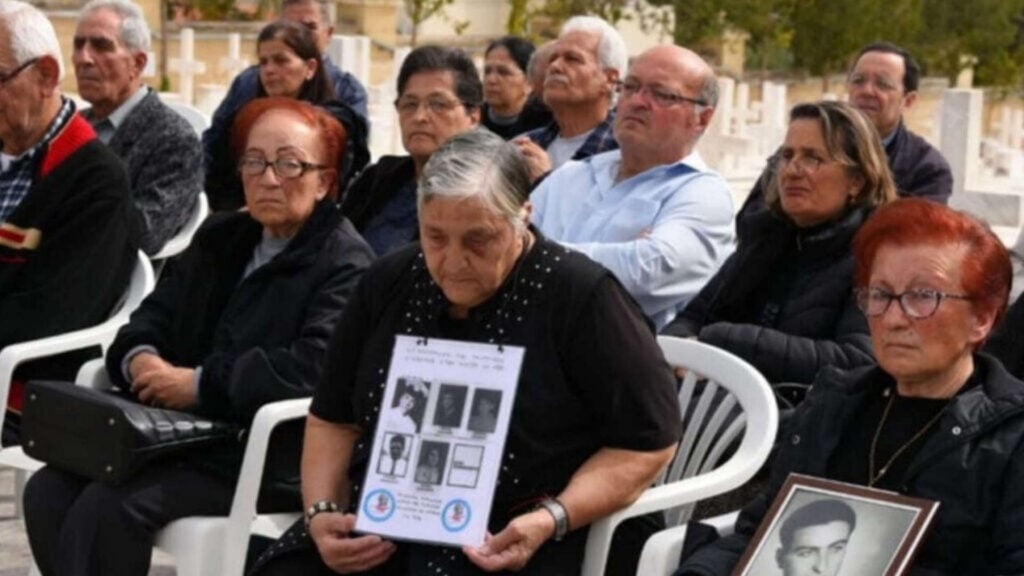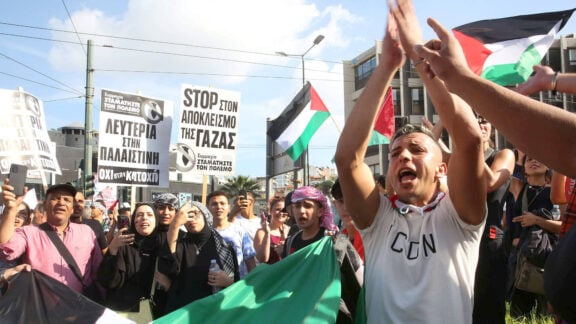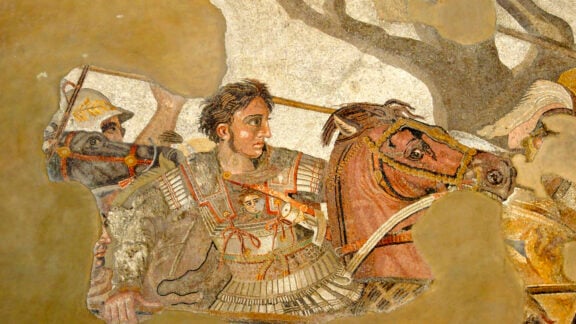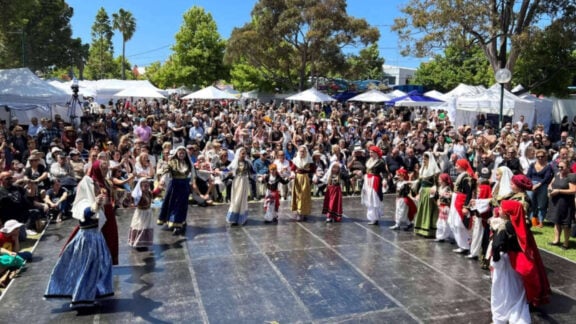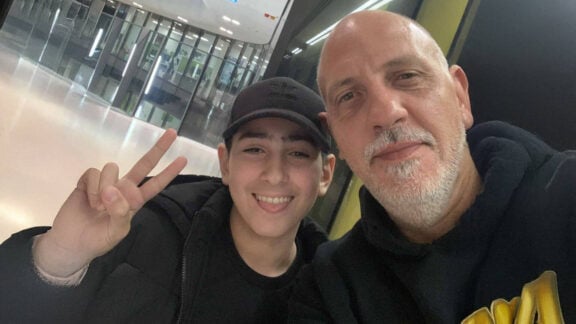Yesterday, 14 August, marked 51 years since the second phase of the Turkish invasion of Cyprus in 1974 — a “black anniversary” that reopens wounds still unhealed: the loss of the missing, the uprooting of refugees, and the unending struggle for justice.
At the heart of that struggle have always been the women of Cyprus — women who, far from the corridors of political power, stood on the frontlines of human tragedy.
Alone in exile, raising children in tents, grieving their dead and searching for their missing, these women became the flame of resistance, hope, and dignity. They organised hunger strikes, demonstrated outside embassies, and kept vigil at the barricades — fighting for the identification of their loved ones’ remains, for the right to return to their ancestral homes, and for the defence of memory and truth.
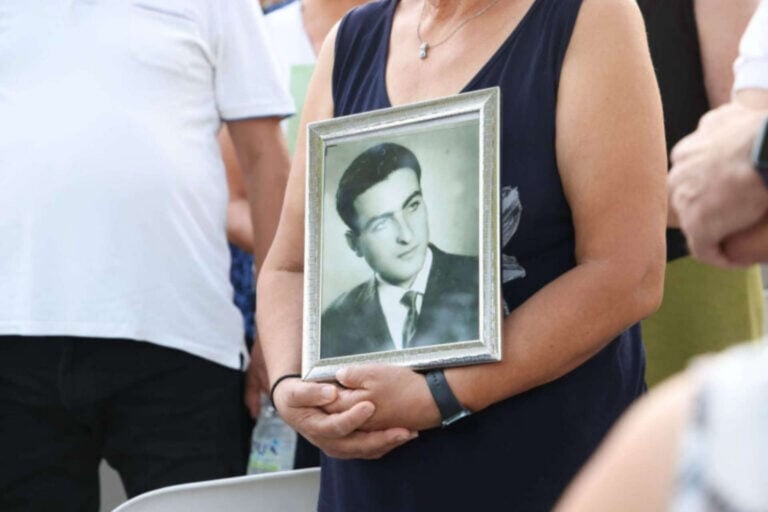
Harita Mandoles: The face of endurance and defiance
One name is etched into the island’s collective memory: Harita Mandoles.
She lost six members of her family — her husband, father, brothers-in-law, and siblings — all executed before her eyes and those of her two young children, Giannakis, 2, and Irini, 5. Only her husband’s remains were recovered and buried; the rest are still missing.
“My years stopped in my village,” she told the European Parliament. Today, at 78, she continues to fight for every missing person — for every bone, every burial, every silenced voice.
“She is not just a symbol of patience,” says veteran journalist Athena Violari, who covered the events for decades. “She is a symbol of relentless struggle. Until the fate of the last missing person is known, she will not stop. And we must not forget: among the missing are many women and children.”
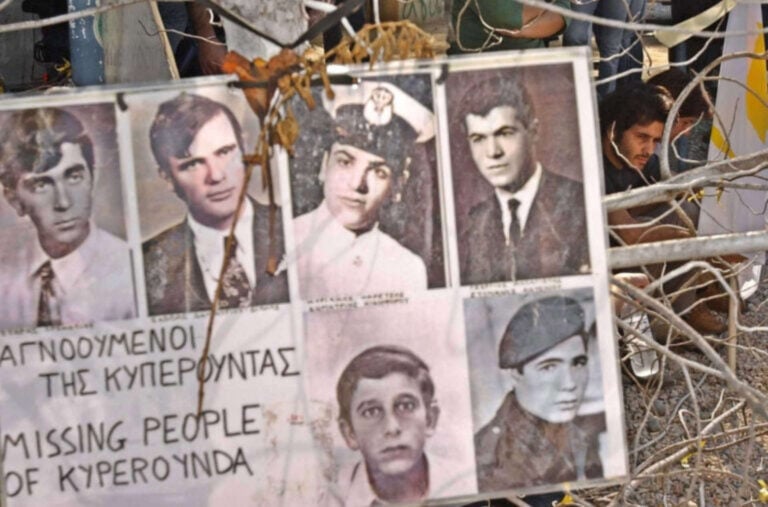
Eleni Foka: The teacher who stayed behind
Another name belongs to a different chapter of resistance: Eleni Foka, a teacher from Ayia Triada in Karpasia, who chose to remain in the occupied area to continue teaching the children who were trapped there.
She began in her own home — a kind of clandestine classroom — and later, with the help of the EU and UN, established a small school. She endured threats, abuse, and harassment from Turkish soldiers, arriving an hour early each day to clean graffiti and filth from the walls before class.
When illness forced her to travel to the free areas for treatment, she was promised she could return. That promise was never kept. For months she stood at the barricades each morning, hoping to be allowed back. She never was.
The marches: Women’s heartbeat of resistance
Cypriot women did not remain silent in mourning, they took their fight to the streets.
In 1975, during the first march in Famagusta, Melina Mercouri sang “Woman of Cyprus, I salute you”, which became an anthem of the movement. Years later, the group Women Return emerged, staging bold attempts to cross into occupied territory in defiance of military lines.
In the 1989 marches at Achna and Lymbia, Turkish soldiers responded violently, beating and arresting demonstrators — including Violari herself.
The most harrowing protest came in Agios Kassianos, where 108 women and two priests were detained after violent clashes. For ten days, protests continued outside checkpoints and Nicosia’s old airport, drawing hundreds of journalists from around the world and internationalising the Cyprus issue.
